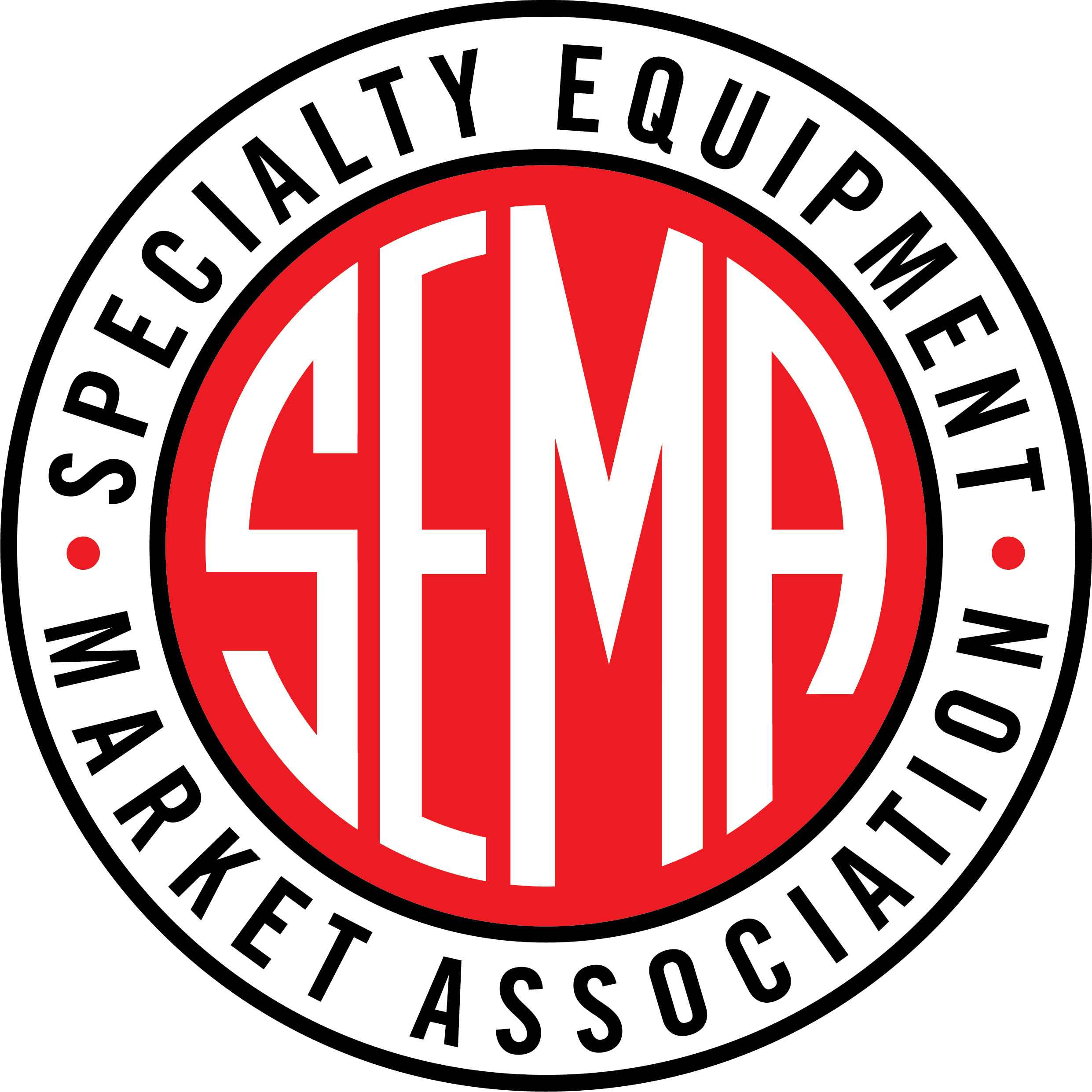The Tire Industry Association (TIA) stated that the U.S. trade tariffs on car and light-truck tires expired September 26, 2012, after three years, eliminating the current duties on these imports from China. The duties or “safeguards” were established by the Obama administration to combat what the Department of Commerce found were Chinese tire manufacturers receiving subsidies ranging from 10.90% to 30.69%.
According to the Peterson Institute for International Economics, there were approximately 1,200 American jobs that were saved as a result of the Chinese tire tariffs, but that tariff mostly benefited other tire-exporting countries first and American manufacturers second on these low-cost tires. At the time of the imposition of these duties in 2009, TIA Executive Vice President Roy Littlefield said, “The tire manufacturers made the decision years ago to shift production of these lower-cost tires out of the U.S. All this action will do is force the tire manufacturers to shift production of these lower-cost tires to other countries,” which is exactly what happened.
Recently, the Obama administration, in its continuing effort to establish a “level playing field,” requested from the World Trade Organization (WTO) “dispute settlement consultations with the People’s Republic of China on auto and auto parts producers.” The specific mainland Chinese manufacturers are located in what are called “export bases” and, according to the administration’s newly created Interagency Trade Enforcement Center, these companies received $1 billion in subsidies between 2009 and 2011. The information was calculated from publicly obtained documents and are a clear violation of the WTO agreement, according to Ron Kirk, the U.S. trade representative.
TIA's position is that free and open markets with level playing fields are best for the consuming public and the local tire dealership in providing the best price for the best product possible. The 22 page submittal to the WTO does not specifically mention tires, but does address many related automotive aftermarket products.
Although this is a different animal from the Chinese tire tariff of 2009, it is a continuation of the on-going efforts of integrating the Asian giant into the world market, according to TIA. This is happening by the fact that China is using the WTO to resolve disputes between itself and the U.S. In fact, the Chinese have submitted a countersuit to the WTO because of the administration’s actions. Roy Littlefield said that, “It is good that the Chinese government is using the WTO; it is the proper mechanism for resolving such disagreements and they are establishing a good track record of complying with the WTO’s findings.”

Advocacy
Chinese Tire Tariffs Expire and U.S. Files WTO Action Against China for Auto Parts Subsidies





